Basical Food Additives in Confectionery
Food additives in confectionery play a variety of key roles, including enhancing flavor, improving texture, and maintaining color. They can also help maintain freshness by preventing spoilage and extending shelf life, inhibit microbial growth, ensuring the product is safe to eat.
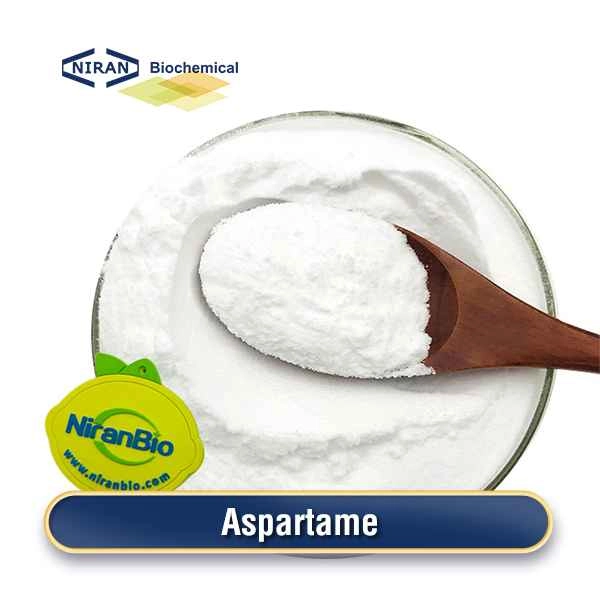
Aspartame
- Low-calorie sweetener, ideal for sugar-free confectionery; typical dosage is 0.1-0.5%, offering intense sweetness without calories, enhancing taste with reduced sugar.
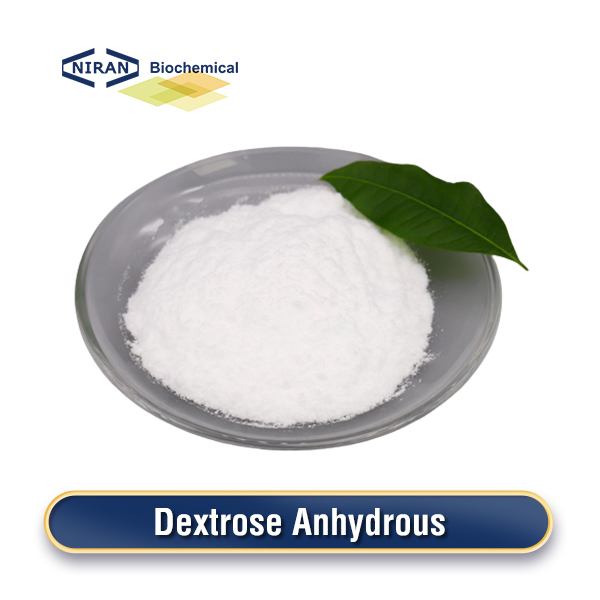
Dextrose Anhydrous
- Sweetener for enhancing sweetness and providing quick energy; used in hard candies, chocolates, and gum with a dosage of 2-10%, contributing to a smooth texture and balanced flavor.
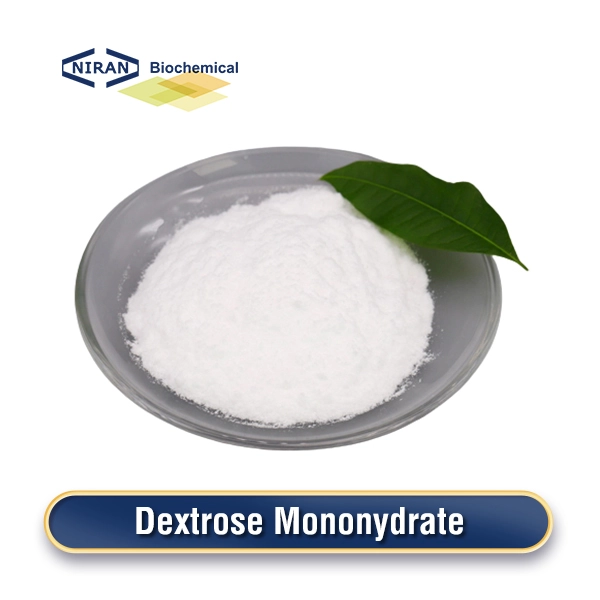
Dextrose Monohydrate
- A crystalline sweetener used in candies, typically at 2-10%, provides sweetness and enhances the mouthfeel of confectionery products.
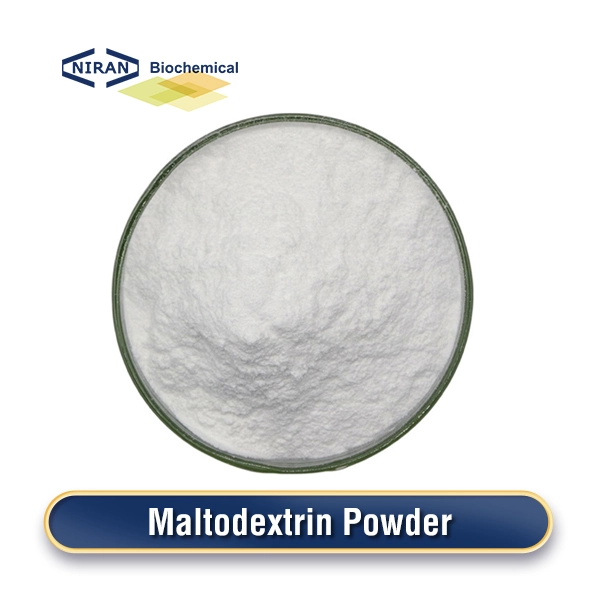
Maltodextrin
- A bulking agent and texture enhancer used in gummies and powders for consistency and volume; typical dosage is 2-6%, providing mild sweetness and smooth texture.
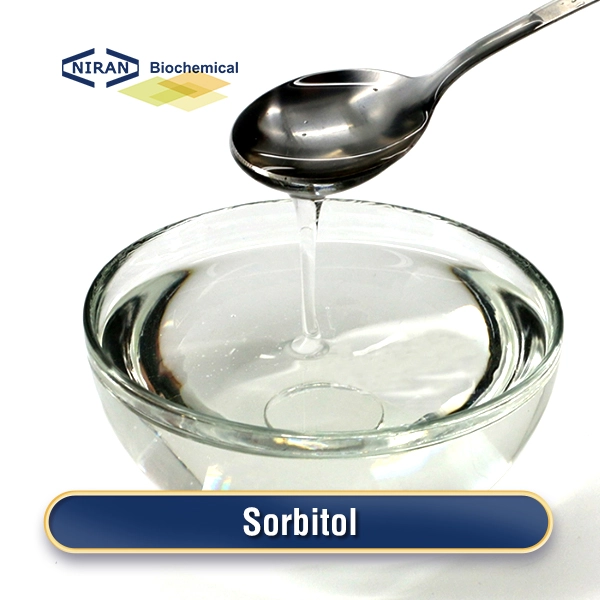
Sorbitol
- A sugar alcohol that sweetens and retains moisture in sugar-free candies, preventing crystallization; dosage is 2-10%, enhancing chewiness and stability in soft confectionery.
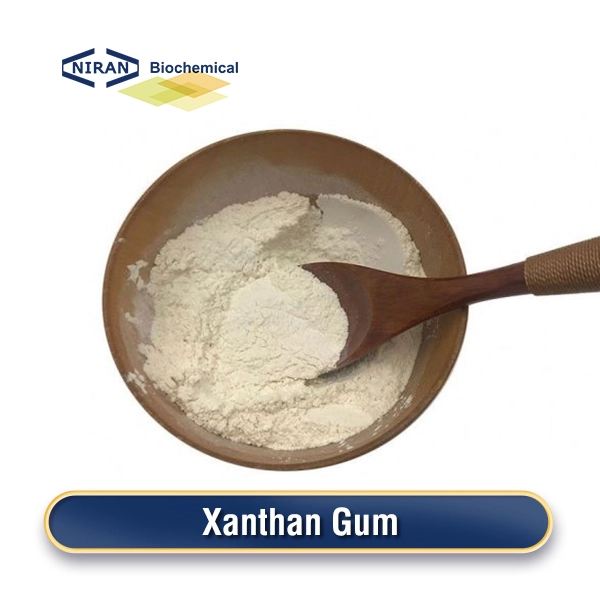
Xanthan Gum
- A thickening and stabilizing agent used to improve texture and prevent separation in candies and syrups; dosage ranges from 0.1-0.3%, helping maintain viscosity and mouthfeel.
To achieve different effects in jelly, such as improving texture, stabilizing consistency, maintaining freshness, improving color, and extending shelf life by preventing spoilage and microbial growth, the following food additives can be used:
- Natural gelling agent derived from seaweed that forms a firm gel and is used in vegetarian jellies. Usual dosage: 0.5–1.5%.
- Acts as a firming agent, particularly in jellies made with pectin or other gelling agents, helping to strengthen the texture. Usual dosage: 0.1–0.5%.
- An acidulant that adjusts the pH level of jellies, balancing tartness and enhancing fruit flavors. Usual dosage: 0.1–0.5%.
- A thickening and stabilizing agent that helps to maintain jelly texture, often used in combination with other gelling agents. Usual dosage: 0.1–0.3%.
- A low-calorie sweetener that provides sweetness similar to sugar, without the calories, often used in sugar-free or reduced-calorie jellies. Usual dosage: 1–3%.
- Strong acidulant that stabilizes jelly by lowering pH and adding tartness, especially useful in maintaining gel consistency. Usual dosage: 0.05–0.3%.
- Powerful thickening agent that helps improve the firmness and elasticity of jellies, providing a unique texture. Usual dosage: 0.1–0.3%.
Malto
- Flavor enhancer that boosts the perception of sweetness and improves overall flavor complexity. Usual dosage: 0.05–0.1%.
Monosodium Phosphate
- A buffering ingredient that aids in keeping the pH level steady, which is necessary for setting and gelling. Usual dosage: 0.1–0.5%.
- A natural gelling agent commonly used in fruit-based jellies, giving them a smooth and firm texture. Usual dosage: 0.3–1.0%.
- A high-intensity artificial sweetener that provides strong sweetness at very low levels, often used in diet or sugar-free jellies. Usual dosage: 0.02–0.1%.
Additional effects such as improving chocolate’s texture, enhancing flavor, extending shelf life, preventing spoilage, and maintaining smoothness and consistency during production and storage require some of the following food additives:
Cocoa Powder
- Provides the main chocolate flavor and color, used for rich taste; typical dosage ranges from 5-25% depending on the desired intensity and type of chocolate.
- A low-calorie sweetener that replaces sugar while maintaining sweetness, typically used at 10-20% to balance the sweetness and mouthfeel in chocolate without adding calories.
Ethyl Maltol
- Enhances the overall sweetness and flavor complexity of chocolate by adding a subtle caramel-like taste, usually added at 0.01-0.1% for noticeable but delicate effects.
- A texture-improving emulsifier that stabilizes fat and moisture, improving the mouthfeel and preventing separation in chocolate; common dosage is 0.2-0.5%.
Soy Lecithin
- Functions as an emulsifier, ensuring a smooth, homogenous texture by blending fats and liquids, typically added at 0.3-0.5% to enhance consistency and processability.
To ensure the texture and mouthfeel of ice cream, as well as to ensure a creamy texture and maintain the attractive appearance of ice cream during freezing and storage, while reducing sugar content without affecting flavor, these food additives may be used:
- A calorie-free sweetener, it enhances the sweetness in chocolate without added sugar; typical dosage ranges from 0.03–0.05%.
- Used as a gelling agent, it provides structure and thickens the chocolate, especially in jellied or layered chocolates; typical dosage is 0.1–0.5%.
- Acts as a stabilizer and texturizer, improving the smoothness and firmness of chocolate, and can add nutritional value; usual dosage is 0.5–2%.
Fruit Powder
- Enhances flavor and nutritional content, offering natural fruit essence without excess moisture; common dosage is 1–5%.
- An emulsifier that prevents fat separation in chocolate, ensuring a smooth texture; dosage typically ranges from 0.1–1%.
- Used as a sweetener and texture enhancer, it prevents crystallization of sugar and provides a smoother mouthfeel; common dosage is 5–15%.
Maltol
- A flavor enhancer that adds sweetness and intensifies the chocolate’s aroma; typical dosage is 0.001–0.1%.
- Provides creaminess and enhances the mouthfeel of chocolate, especially in dairy-free varieties; common dosage is 2–5%.
- Thickener and stabilizer, it improves the texture and helps retain moisture in chocolate; typical dosage is 0.1–1%.
- A potent artificial sweetener, often used to enhance sweetness without sugar; common dosage ranges from 0.02–0.1%.
- A natural sweetener, used as a sugar substitute for lower-calorie chocolate; usual dosage is 0.02–0.2%.
Vegetable Powder
- Adds flavor, color, and nutrients, enhancing both the taste and health appeal of chocolate; typical dosage ranges from 1–3%.
